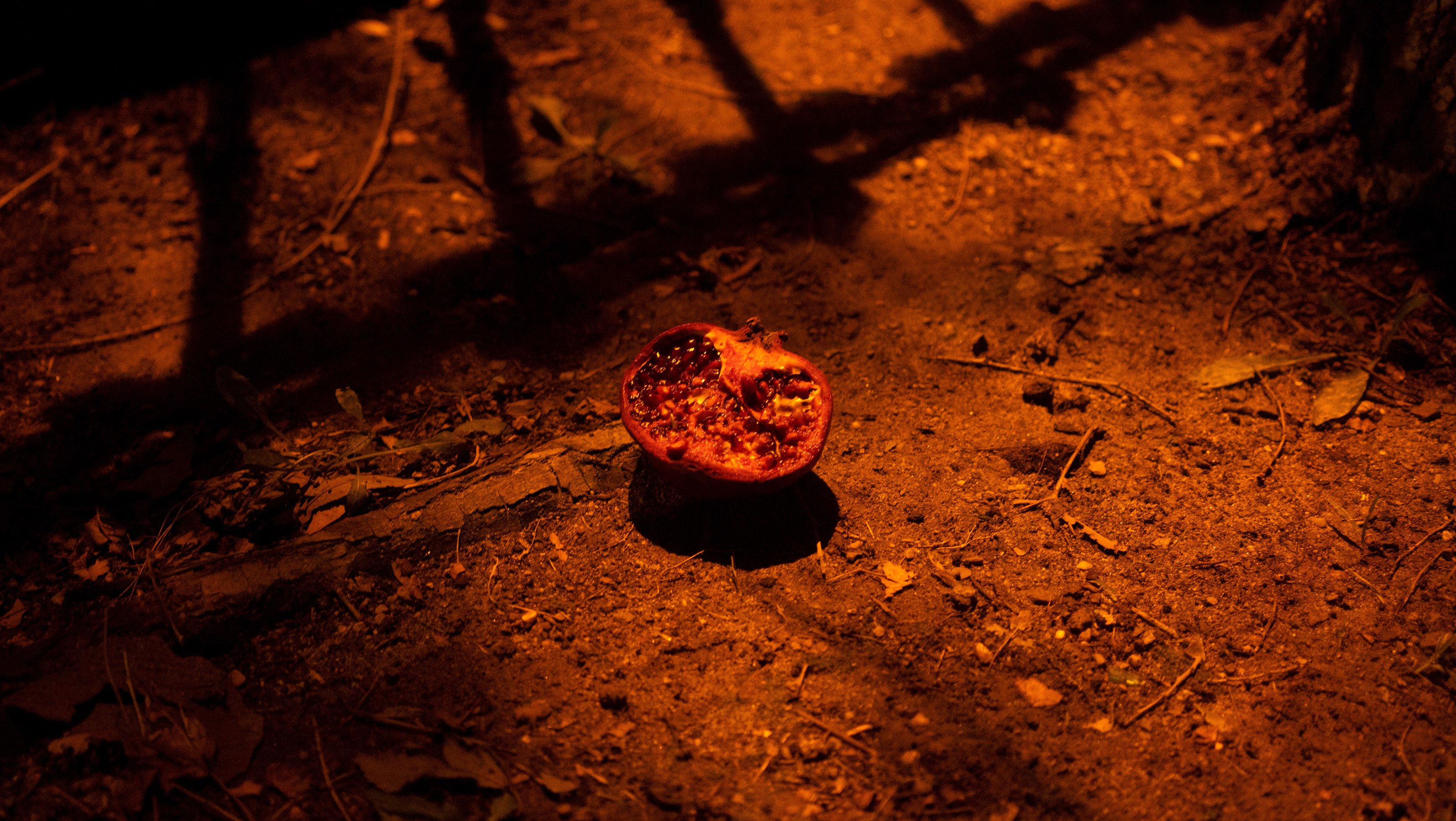Back in 2016, after graduating, I decided to spend a gap year in my home country, Cyprus. During that time, I began learning how to use my camera as an amateur photographer. Almost every weekend, I found myself walking through the old town of Nicosia — one of the most visible reminders of the island’s division. The Green Line, running through the heart of the city, is a physical and symbolic marker of a conflict that continues to shape Cypriot identity.
As I wandered the streets, camera in hand, I was drawn not just to the architecture and the atmosphere, but to the untold stories that echoed through the walls of abandoned buildings and closed-off zones. I began to realise how little I truly knew about the history of my own country. At school, I had been taught a version of history that felt one-sided — a narrative that deepened the divide between Greek Cypriots and Turkish Cypriots, rather than healing it.
The Cyprus issue refers to the long-standing political and territorial conflict between the Greek Cypriot and Turkish Cypriot communities. The roots of the conflict lie in ethnic tensions, colonial legacies, and competing nationalisms. After gaining independence from British rule in 1960, Cyprus established a power-sharing government between the two communities. However, this fragile arrangement quickly broke down due to intercommunal violence and political disagreements.
In 1974, a coup d’état backed by the Greek military junta sought to annex Cyprus to Greece. In response, Turkey launched a military intervention, citing its role as a guarantor under the 1960 Treaty of Guarantee. Turkish forces occupied roughly 37% of the island’s northern territory, displacing about 200,000 Greek Cypriots, while many Turkish Cypriots relocated to the north.
In 1983, the Turkish Republic of Northern Cyprus (TRNC) was unilaterally declared, recognized only by Turkey. Despite multiple efforts to resolve the conflict — including the 2004 Annan Plan and numerous UN-led peace talks — a lasting solution has yet to be reached.
Today, Cyprus remains divided. The internationally recognized Republic of Cyprus controls the south and is a member of the European Union, while the north remains politically and economically isolated. The UN-patrolled Green Line still separates the two sides. Contentious issues such as territorial boundaries, property claims, security, and political representation continue to hinder reunification.
The Cyprus issue remains one of Europe’s most enduring unresolved conflicts — a painful reminder of the consequences of division, and a challenge to future generations who seek truth, healing, and unity.


